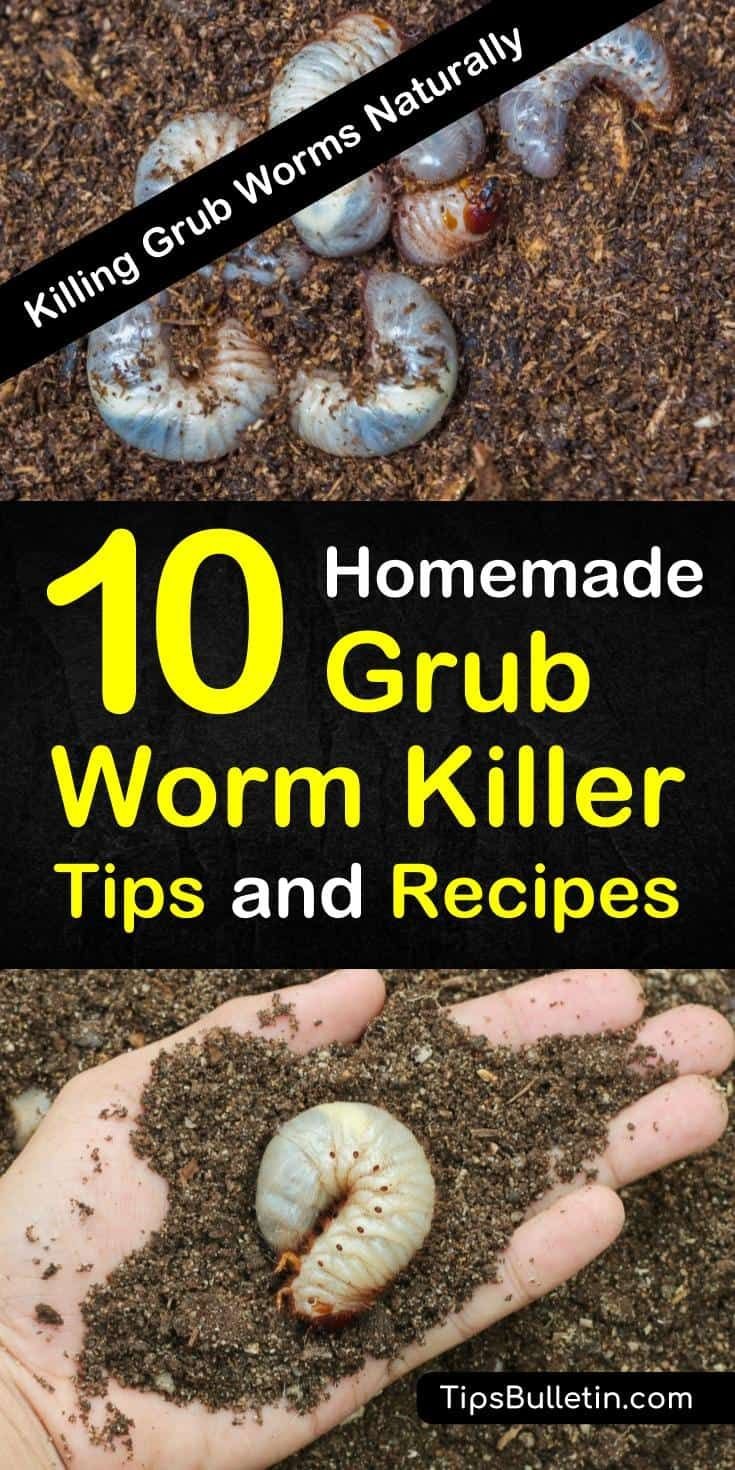
Let me explain. Think of these fungi as tiny soldiers that help keep your garden healthy. They attack grub worms and other pests without harming your plants. This method not only helps you protect your garden but also enriches the soil and promotes a vibrant ecosystem. If you’re curious about how to use beneficial fungi to combat grub worms, you’re in the right place.
What Are Grub Worms?
Grub worms are the larval stage of various beetles, most commonly the Japanese beetle, June beetle, and others. They typically look like small white or cream-colored C-shaped worms living underground, feeding on roots of grasses and other plants. As they munch away, they can create small patches of dead grass or wilting plants in your yard.
You might be wondering, how do I know if I have a grub worm problem? Signs include brown patches in your lawn, plants that wilting even with adequate water, or even the presence of birds and other wildlife digging in your yard, seeking out these tasty larvae.
Why Use Beneficial Fungi?
So, why should you consider beneficial fungi over chemical treatments? Honestly, there are a few compelling reasons.
– **Environmental Safety**: Many traditional treatments can harm the ecosystem, killing beneficial insects and microorganisms in your soil. On the flip side, beneficial fungi specifically target grubs, making them a more eco-friendly choice.
– **Soil Health**: These fungi not only combat pests but also enhance soil health. They break down organic matter, making nutrients more available to your plants. Think of it as giving your garden a nutritious boost while protecting it at the same time.
– **Sustainability**: Once established, beneficial fungi can persist in your soil, providing ongoing protection against future infestations. This means fewer interventions and a healthier garden naturally.
Types of Beneficial Fungi
There are several types of beneficial fungi you can use to fight grub worms. Two of the most popular ones are:
- Beauveria bassiana: This fungus infects and kills a wide range of pests, including grub worms. Once applied, it attaches to the grub’s exoskeleton, eventually causing it to die.
- Metarhizium anisopliae: Similar to Beauveria, this fungus also targets grubs but can affect other garden pests as well. It’s a great multi-tasker in your garden’s defense system.
These fungi can be found in various products at garden centers or online. Just make sure to check that they’re formulated for soil application.
How to Apply Beneficial Fungi
Applying beneficial fungi isn’t as tricky as it might sound. Here are some simple steps to follow:
1. **Choose the right product**: Look for products containing Beauveria bassiana or Metarhizium anisopliae. Read the label for application instructions and safety guidelines.
2. **Prepare your garden**: Water your plants and soil well before application. This helps create a friendly environment for the fungi to thrive.
3. **Apply the fungi**: You can usually apply the fungi as a spray or in granular form. Make sure to follow the instructions on how much to apply and how often.
4. **Monitor your garden**: Keep an eye on your plants and check for signs of grub worms. If you notice a decrease in damage, your beneficial fungi are doing their job!
Complementary Natural Remedies
While beneficial fungi are fantastic, they work best as part of a broader strategy to manage grub worms. Here are a few complementary methods to consider:
– **Diatomaceous Earth**: Sprinkle this natural product around your garden. It’s a powder made from tiny fossilized algae that can cut through the grub’s exoskeleton if they come into contact with it.
– **Nematodes**: Beneficial nematodes are microscopic worms that feed on grubs. They’re particularly effective when used alongside beneficial fungi.
– **Companion Planting**: Certain plants, like marigolds, can deter beetles that lay grub eggs. Adding these plants to your garden can help create a more hostile environment for pests.
Preventing Future Infestations
Once you’ve dealt with the current grub worm problem, it’s wise to think ahead. Here are some preventive measures to keep your garden grub-free:
– **Healthy Lawn Practices**: Regularly aerate your lawn and keep it well-watered. A healthy lawn is less susceptible to grubs.
– **Proper Fertilization**: Avoid over-fertilizing your garden, as this can lead to more pests. Use organic fertilizers when possible.
– **Regular Monitoring**: Check your plants periodically to catch any issues before they escalate. Early detection can save you a lot of trouble later.
Using beneficial fungi to kill grub worms naturally is an effective and eco-friendly approach to gardening. It’s like bringing in a helpful team to protect your plants without harming the environment. By understanding the types of fungi available, how to apply them, and additional preventive measures, you can foster a healthier garden ecosystem.
Remember, a little care goes a long way in keeping your garden thriving and free from unwanted pests. So grab those beneficial fungi, give them a try, and watch your garden flourish!

